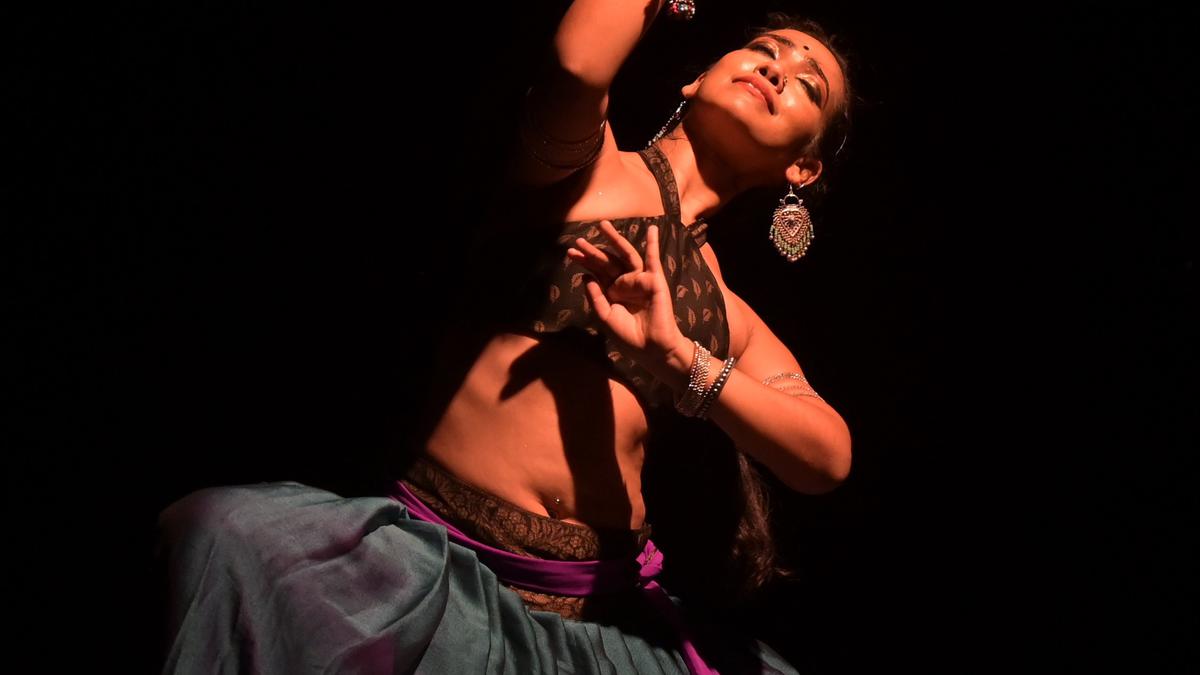
Exploring politics, history and society through dance
The Hindu
Exploring politics, history and society through dance
“Belly dance is essentially an umbrella term for a lot of dances practised in North African and Middle Eastern countries,” says economist-turned-belly dancer Debapriya Das, the artistic director at Nrityakosh, an oriental and fusion belly dance school in Bengaluru. Admittedly, the term itself is a misnomer of sorts, stemming from a problematic Orientalist perspective that often reduces all these dance forms to a singular one: a hypersexualised and exoticized dance style with questionable origins, defined solely by the Western gaze.
“The name is coined by someone who is not from a Middle Eastern background,” points out Debapriya, adding that tracing the journey of the dance, which is believed to have possibly originated in ancient Egypt, can be complicated. “It is very difficult to take the influence of Orientalism out of the dance form,” she says, adding that while serious practitioners try their best, often referring to it as Raqs al-sharqi or by naming the specific folk style they are performing, the struggle is an ongoing one.
“There are influences from many parts of the world, triggered by the imperial rule, by the art exchanges that have happened, by people travelling and migrating,” she points out. “A lot of us have tried to define it. But I think the merit is not really in defining the dance form but in getting an understanding of the vastness of the dance and also how the modern construct of the dance is so influenced by Orientalism,” she believes.
Many such ideas around the Middle Eastern dance styles, which fall under the belly dance umbrella, were discussed and performed recently at Parikrama: The Oriental Journey, a lecture demonstration by the Nrityakosh Company, which took its audience through the history, culture, socio-politics and music of these dance styles. “We were trying to answer the question of what belly dance is,” says Debapriya, pointing out that often, too often, people think that belly dance is what Nora Fatehi does. “Of course, that is beautiful in itself. But there is so much more,” she says.
Expanding the understanding and scope of the dance form is something Debapriya is deeply invested in, which is why Nrityakosh’s shows are usually socially, culturally, and politically relevant, ranging from shows about the Romani poet, Papusza to those tracing the history of belly dance and how pandemic completely upheaved all our lives.
Their upcoming show, Arabian Nights, which will be staged next month, is a dance-centred reimagining of the One Thousand and One Nights, which focuses on the women of these stories. “I have always found the perspective of these women in these folk tales very interesting,” she says, adding that around 80-90 dancers will be performing in this 120-minute show, which will open on October 14.
Always a dancer













